的点评
Miniture
邦巴因夏宫的点评
点评:Bang Pa-In Royal Palace (พระราชวังบางปะอิน, the Summer Palace) is a riverside complex once used by Thai kings, located in the Bang Pa-In District along the Chao Phraya River. Well-maintained and peaceful, it felt almost private when we visited—early afternoon on a Wednesday, our tour group seemed to be the only ones there.
Whenever I hear “summer palace,” my mind first goes to Beijing’s storied 颐和园 (Yiheyuan) in Haidian District, where I learned to swim as a child. Designated a UNESCO World Heritage site in 1998, Yiheyuan is famous for its hills, vast lake, marble boat, and Long Corridor. Inevitably, I compare every summer palace I visit to Yiheyuan. No disrespect intended, but in contrast, this Thai palace feels almost like a charming miniature playhouse.
The Bang Pa-In palace was originally built by King Prasat Thong (1599–1655) in 1632, later fell into neglect, and was restored in the mid-19th century by King Mongkut (1804–1868). Many of the buildings standing today were constructed between 1872 and 1889 under King Chulalongkorn (1858–1913).
Whenever I hear “summer palace,” my mind first goes to Beijing’s storied 颐和园 (Yiheyuan) in Haidian District, where I learned to swim as a child. Designated a UNESCO World Heritage site in 1998, Yiheyuan is famous for its hills, vast lake, marble boat, and Long Corridor. Inevitably, I compare every summer palace I visit to Yiheyuan. No disrespect intended, but in contrast, this Thai palace feels almost like a charming miniature playhouse.
The Bang Pa-In palace was originally built by King Prasat Thong (1599–1655) in 1632, later fell into neglect, and was restored in the mid-19th century by King Mongkut (1804–1868). Many of the buildings standing today were constructed between 1872 and 1889 under King Chulalongkorn (1858–1913).
翻译:邦芭茵皇宫(พระราชวังบางปะอิน,意为颐和园)是一座河畔建筑群,曾是泰国国王的住所,位于湄南河畔的邦芭茵区。颐和园维护良好,环境宁静,我们参观时感觉非常私密——周三下午,似乎只有我们旅行团在那里。
每当我听到“颐和园”这个词,我的脑海中首先浮现的是北京海淀区历史悠久的颐和园,我小时候就是在那里学会游泳的。颐和园于1998年被联合国教科文组织列为世界遗产,以其丘陵、浩瀚的湖泊、大理石舫和长廊而闻名。我难免会把参观过的每一座颐和园都与颐和园进行比较。我无意冒犯,但相比之下,这座泰国宫殿更像是一个迷人的微型剧场。
邦芭茵宫最初由巴萨通国王(1599-1655)于1632年建造,后来逐渐荒废,并于19世纪中叶由蒙固国王(1804-1868)修复。现存的许多建筑均建于1872年至1889年朱拉隆功国王(1858-1913)统治时期。
每当我听到“颐和园”这个词,我的脑海中首先浮现的是北京海淀区历史悠久的颐和园,我小时候就是在那里学会游泳的。颐和园于1998年被联合国教科文组织列为世界遗产,以其丘陵、浩瀚的湖泊、大理石舫和长廊而闻名。我难免会把参观过的每一座颐和园都与颐和园进行比较。我无意冒犯,但相比之下,这座泰国宫殿更像是一个迷人的微型剧场。
邦芭茵宫最初由巴萨通国王(1599-1655)于1632年建造,后来逐渐荒废,并于19世纪中叶由蒙固国王(1804-1868)修复。现存的许多建筑均建于1872年至1889年朱拉隆功国王(1858-1913)统治时期。
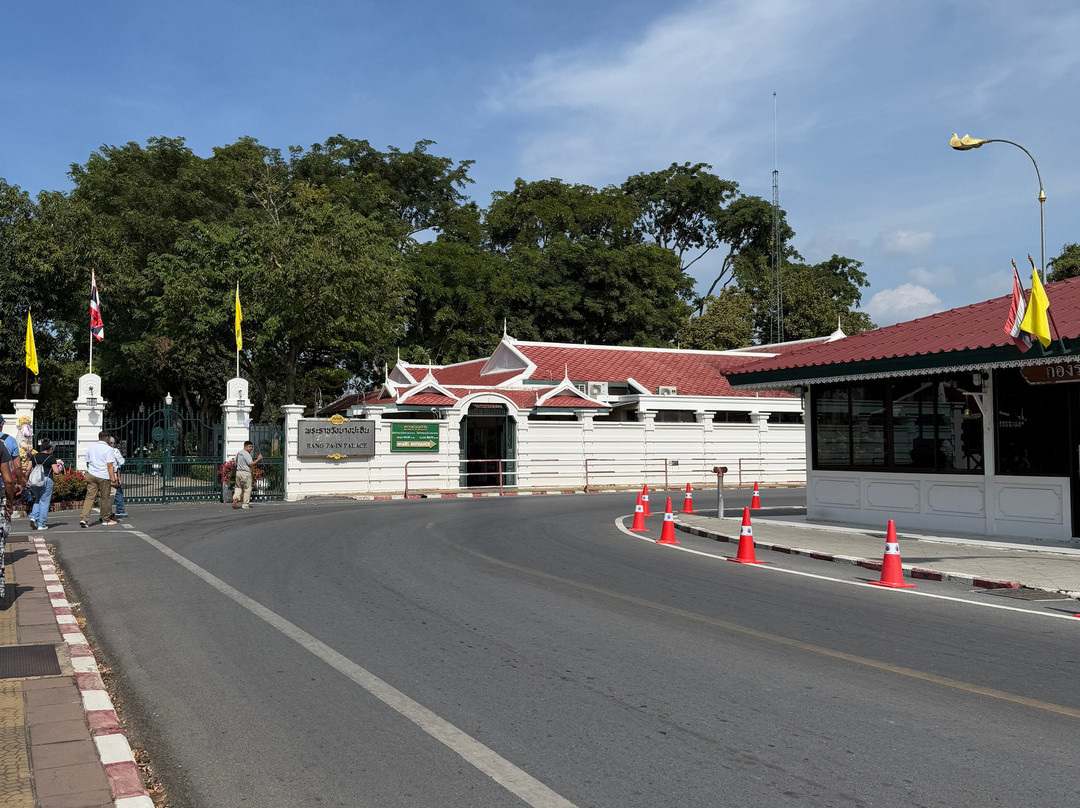
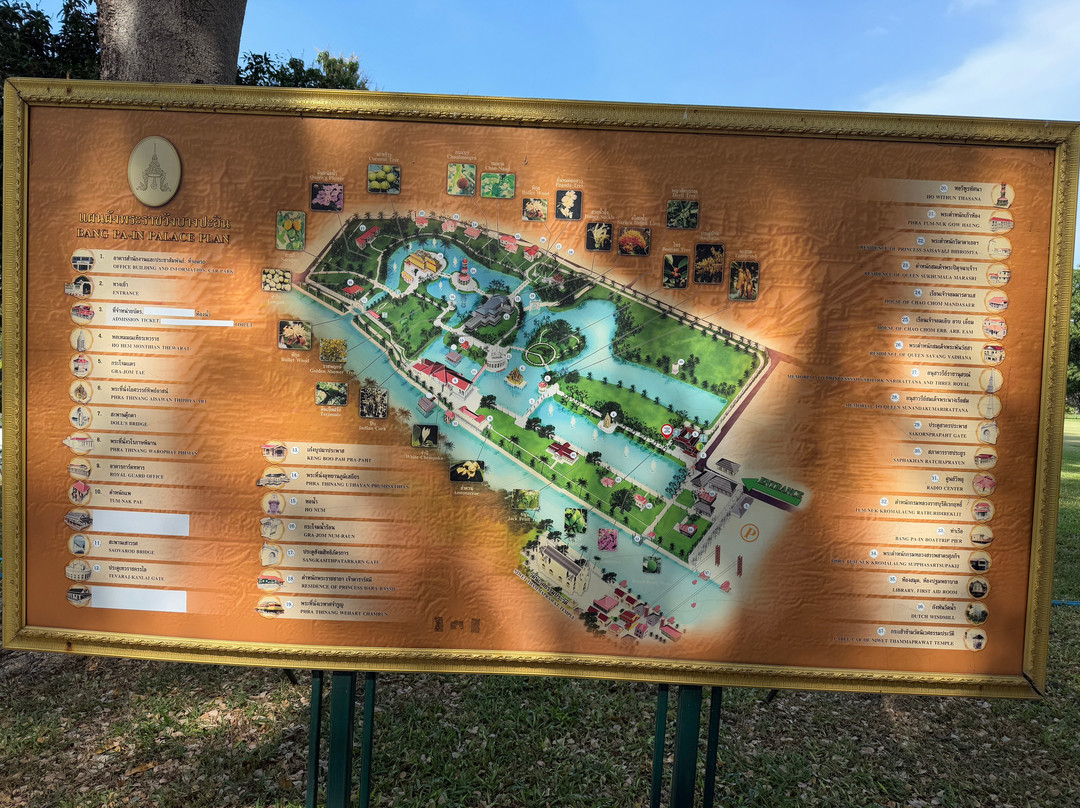
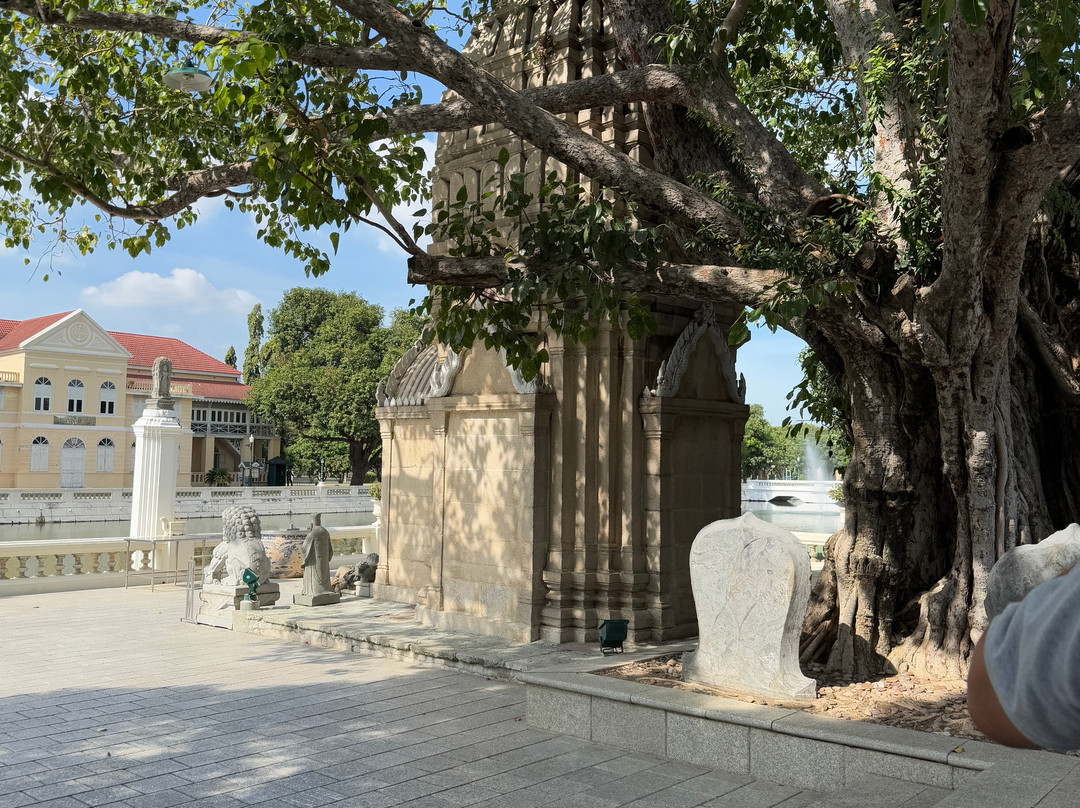
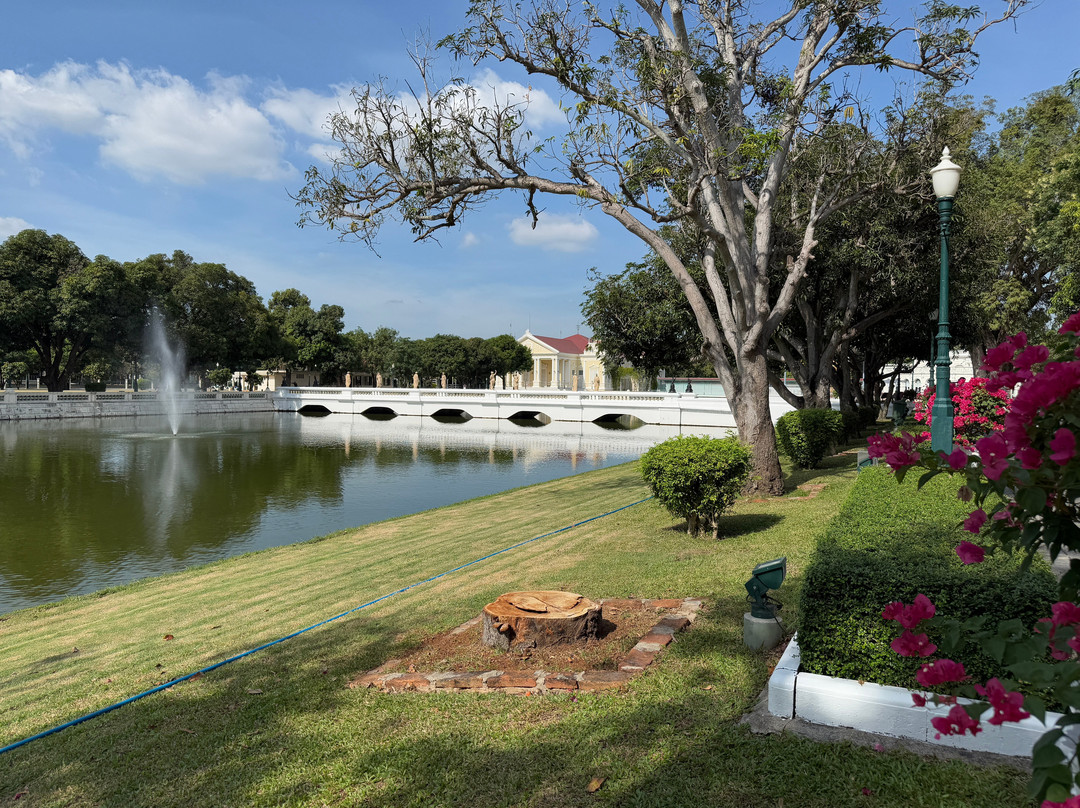
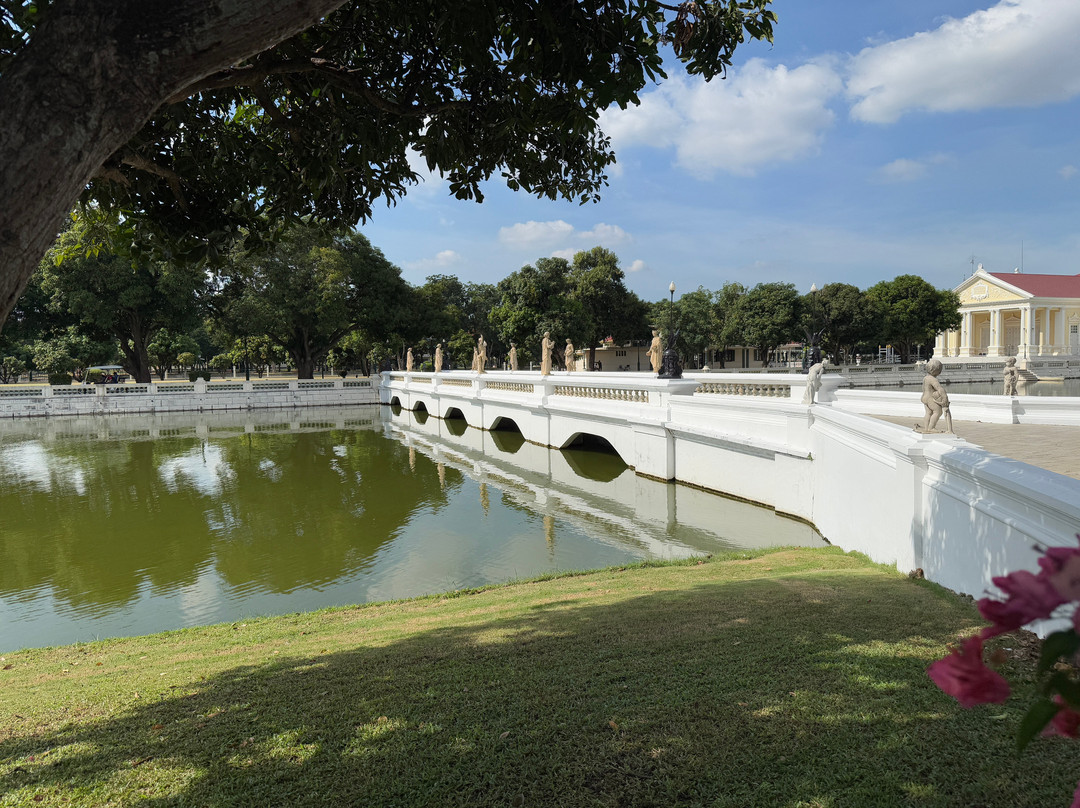
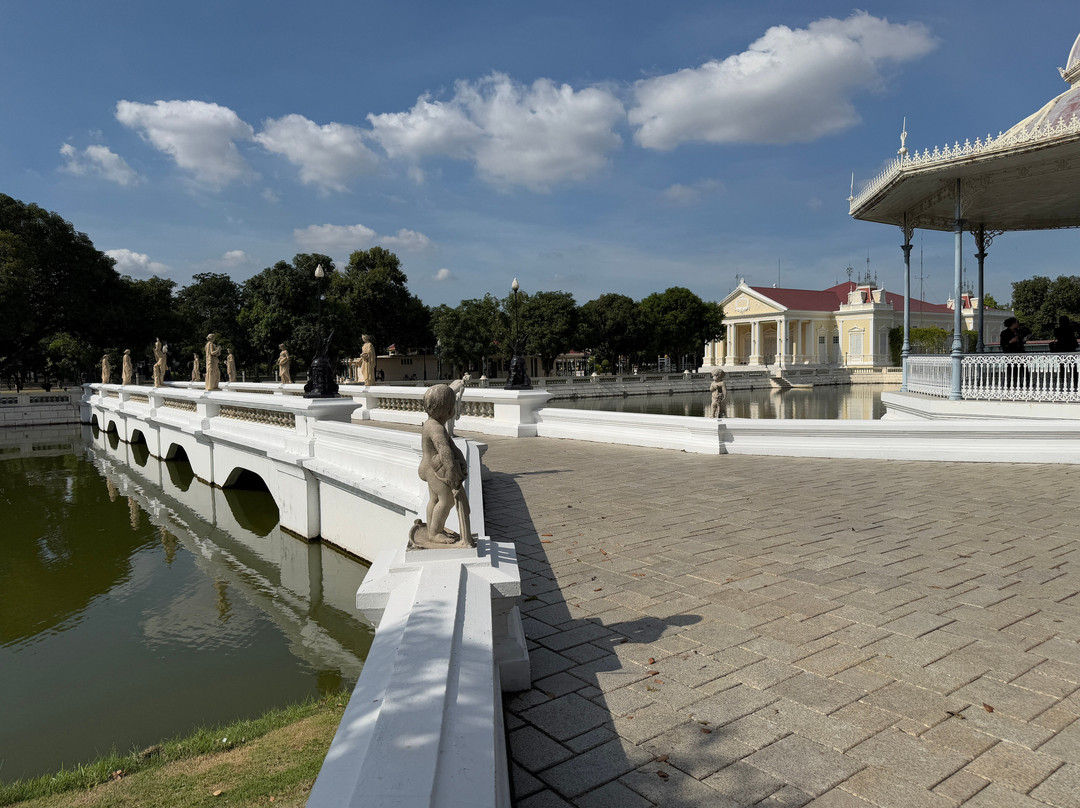
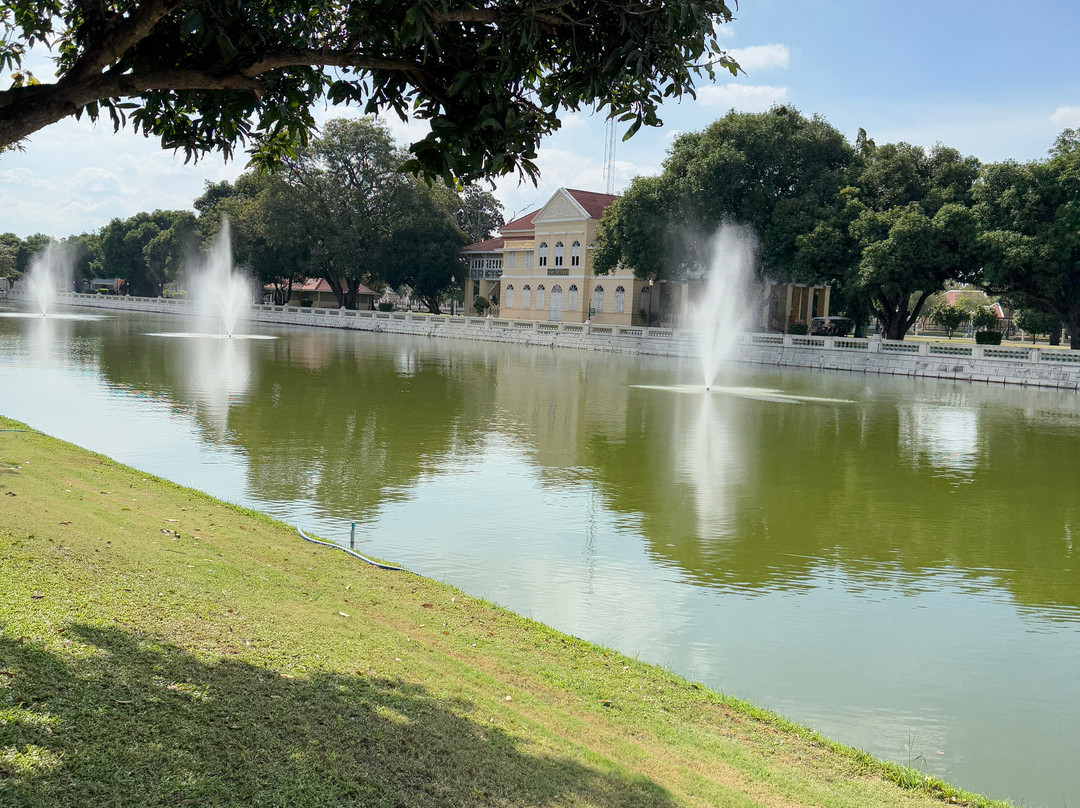
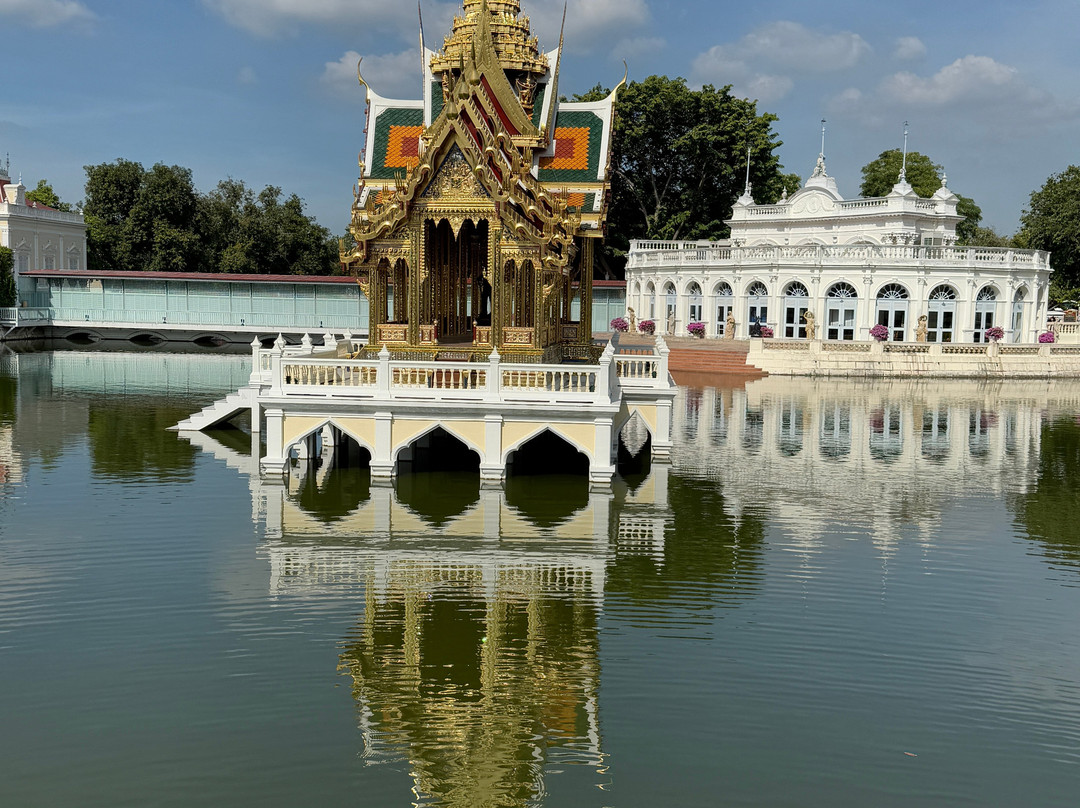
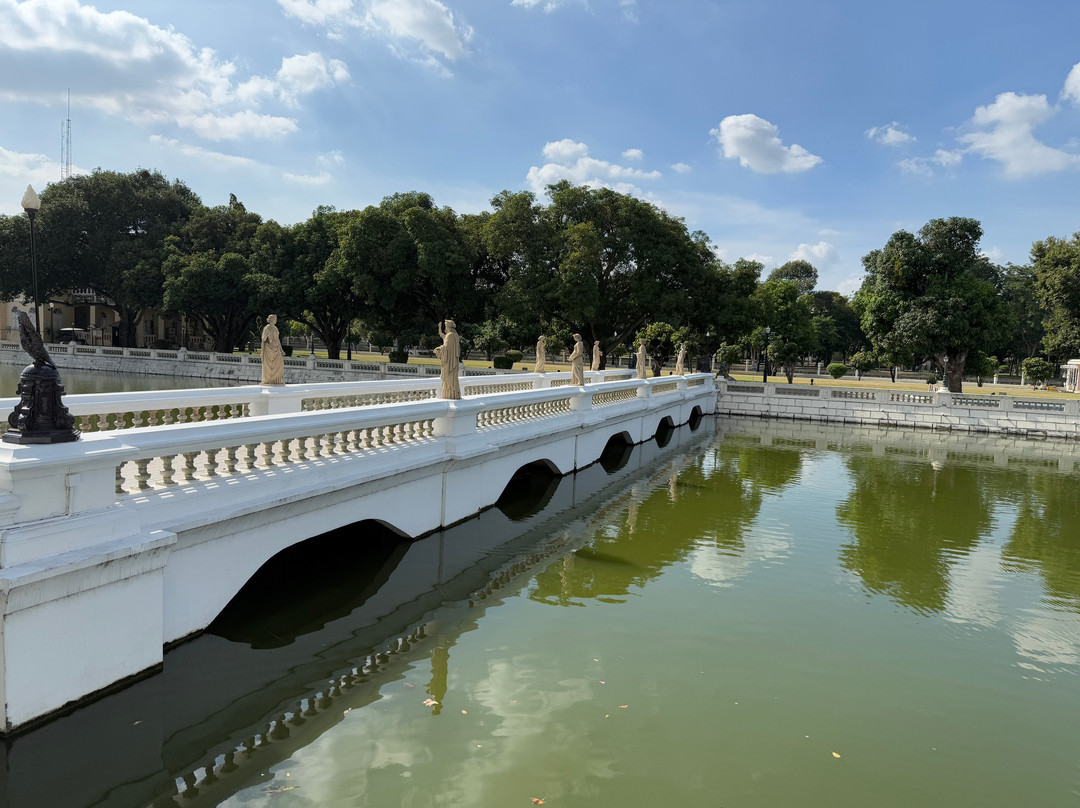
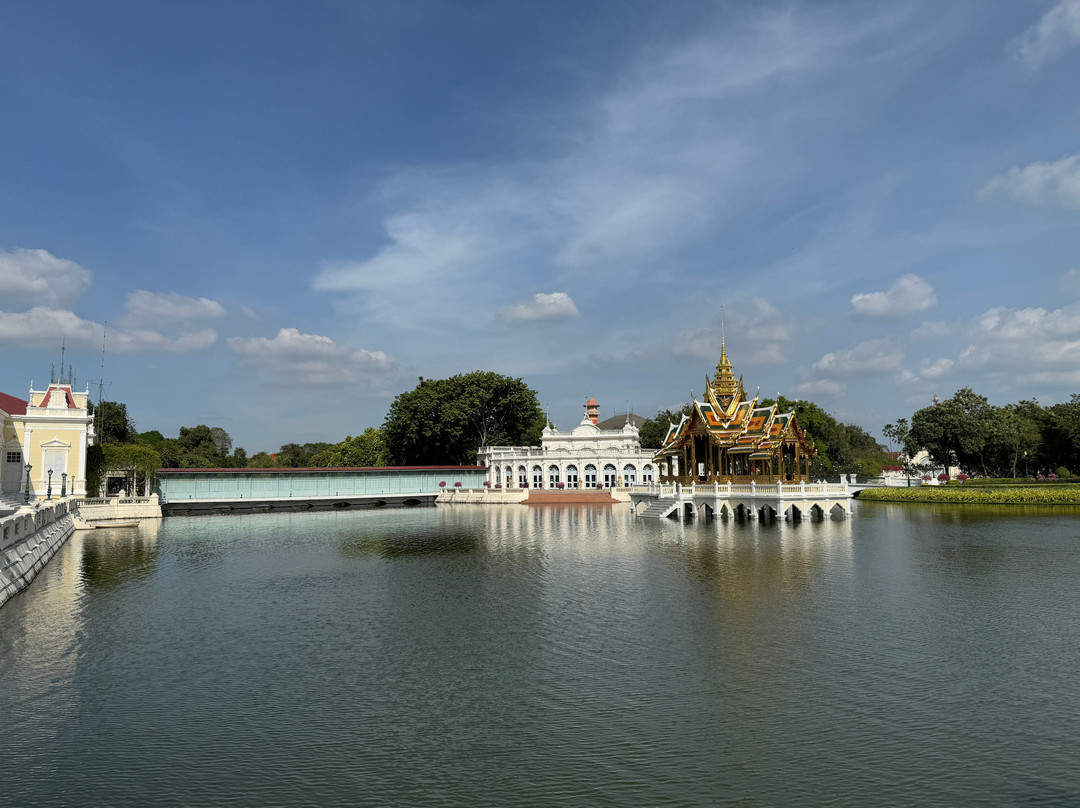
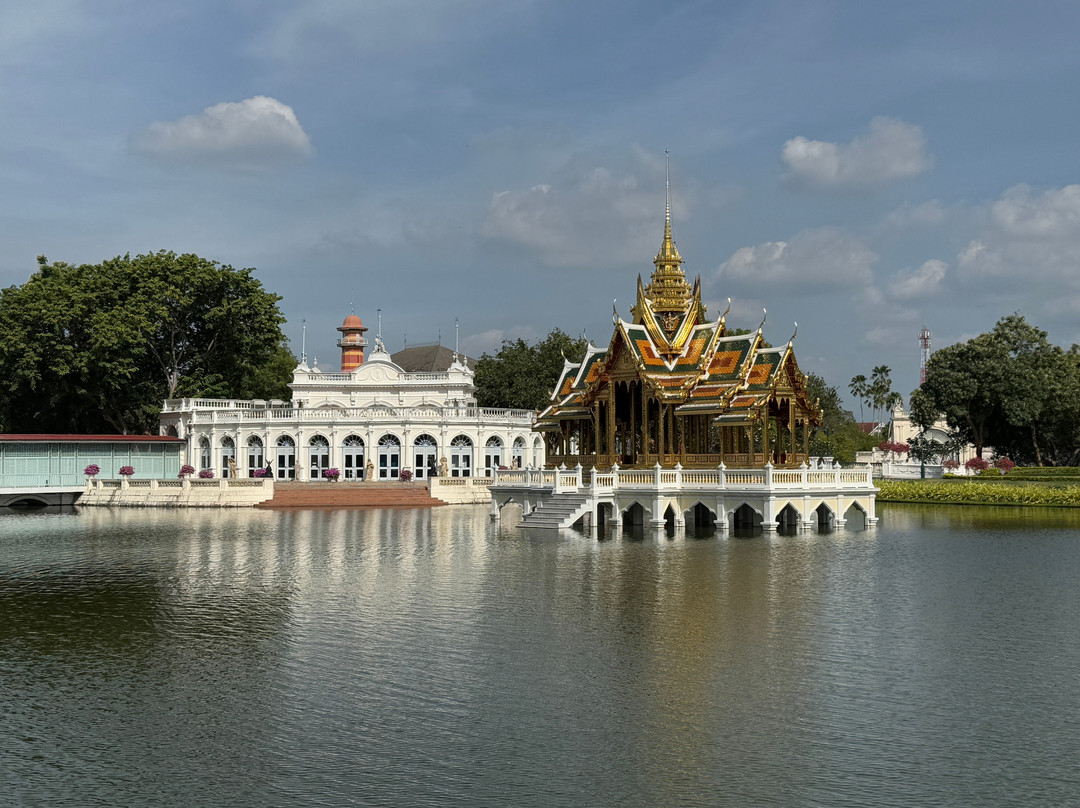
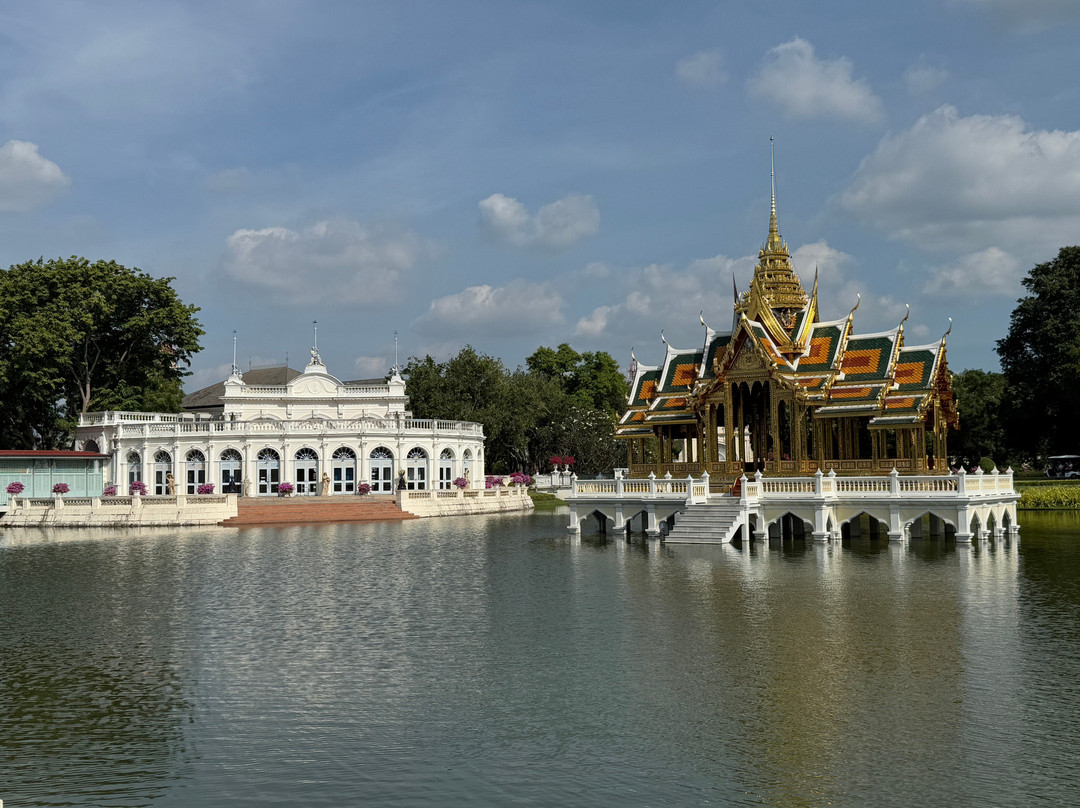
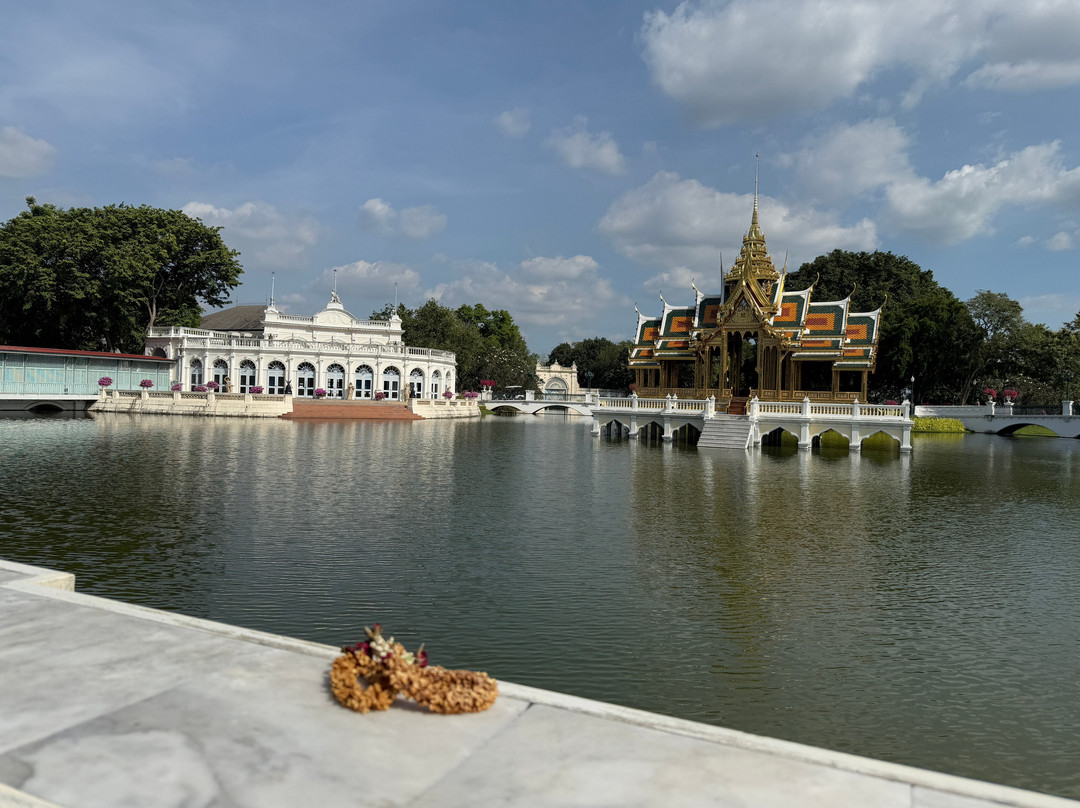
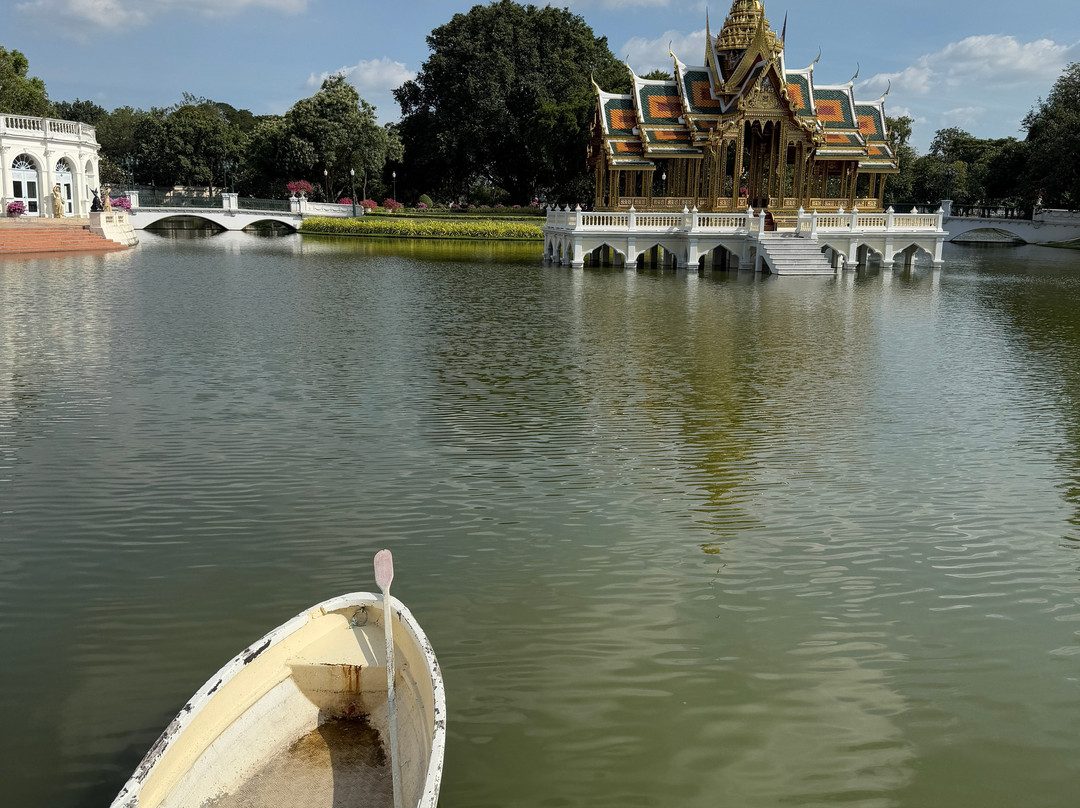
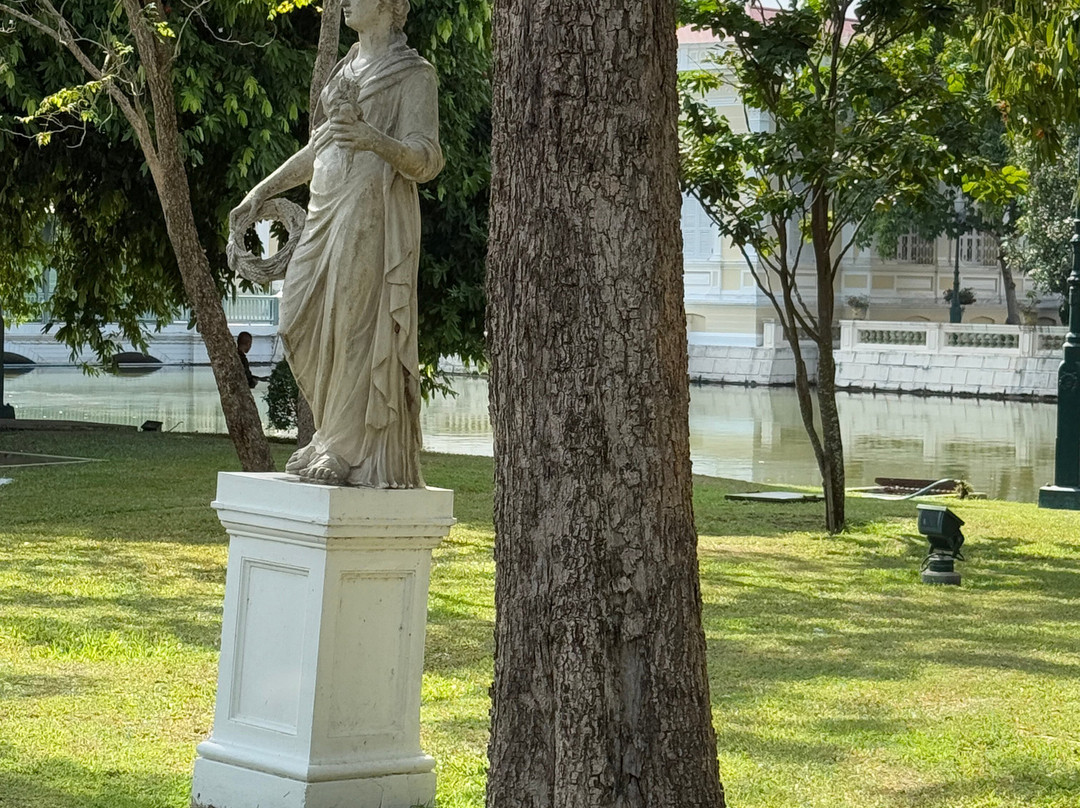
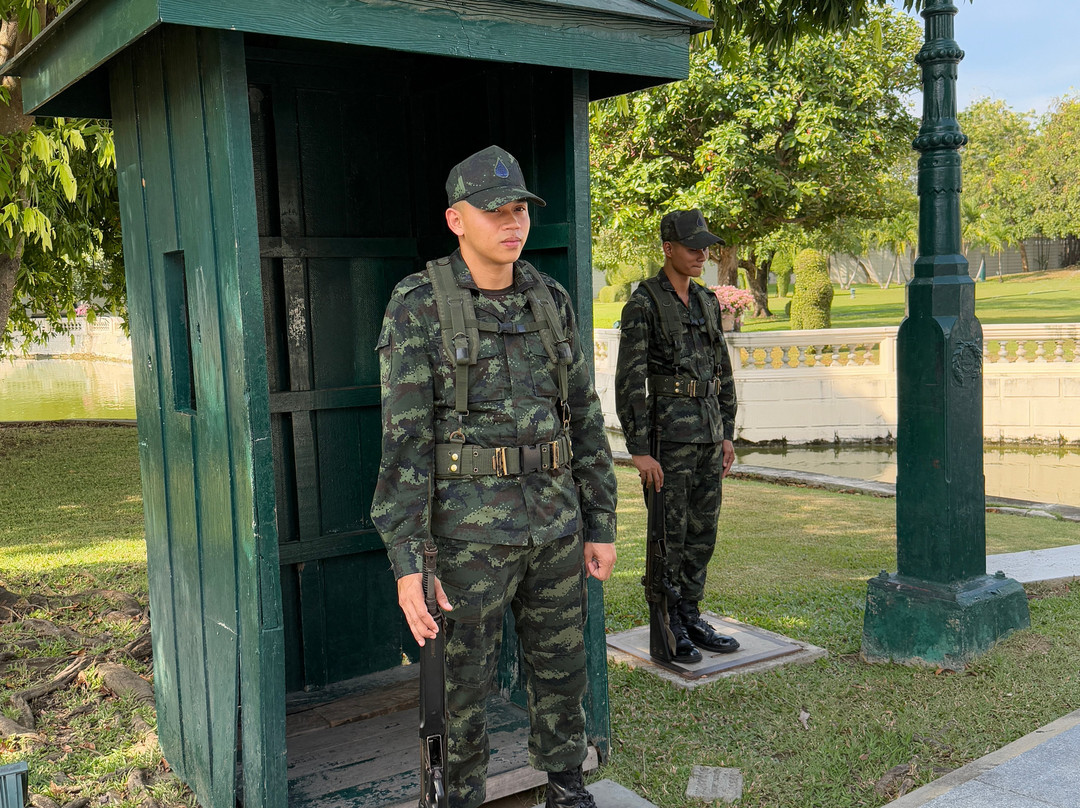
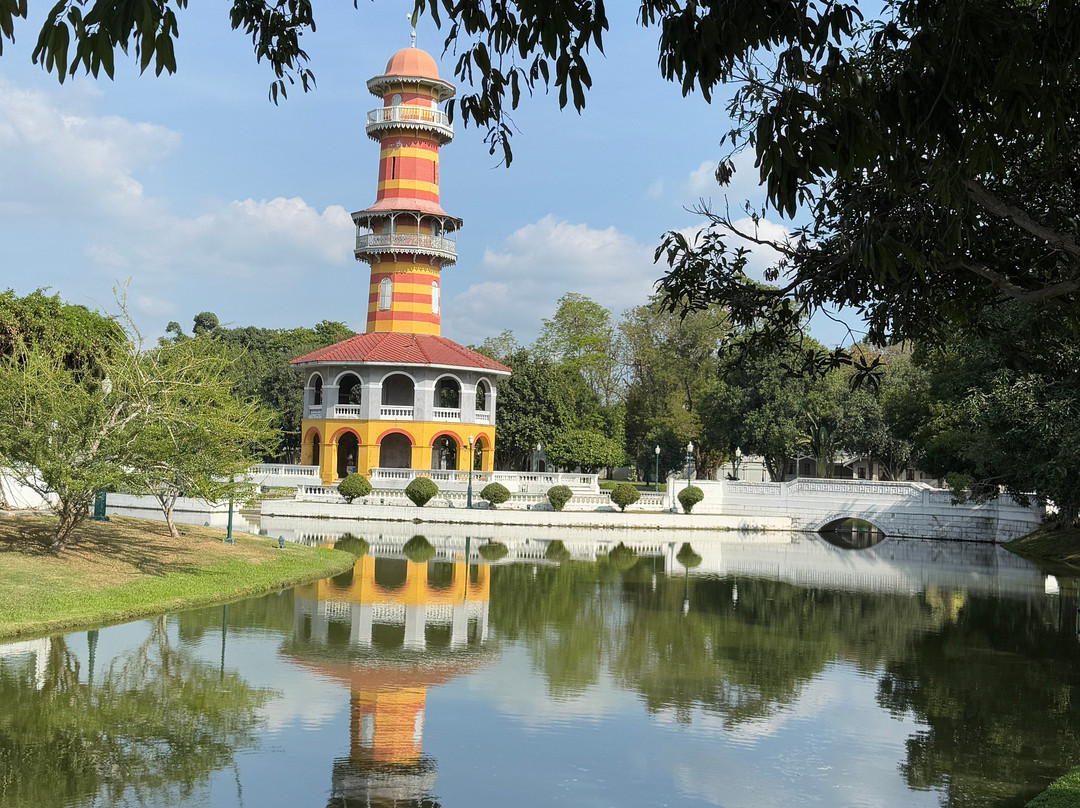
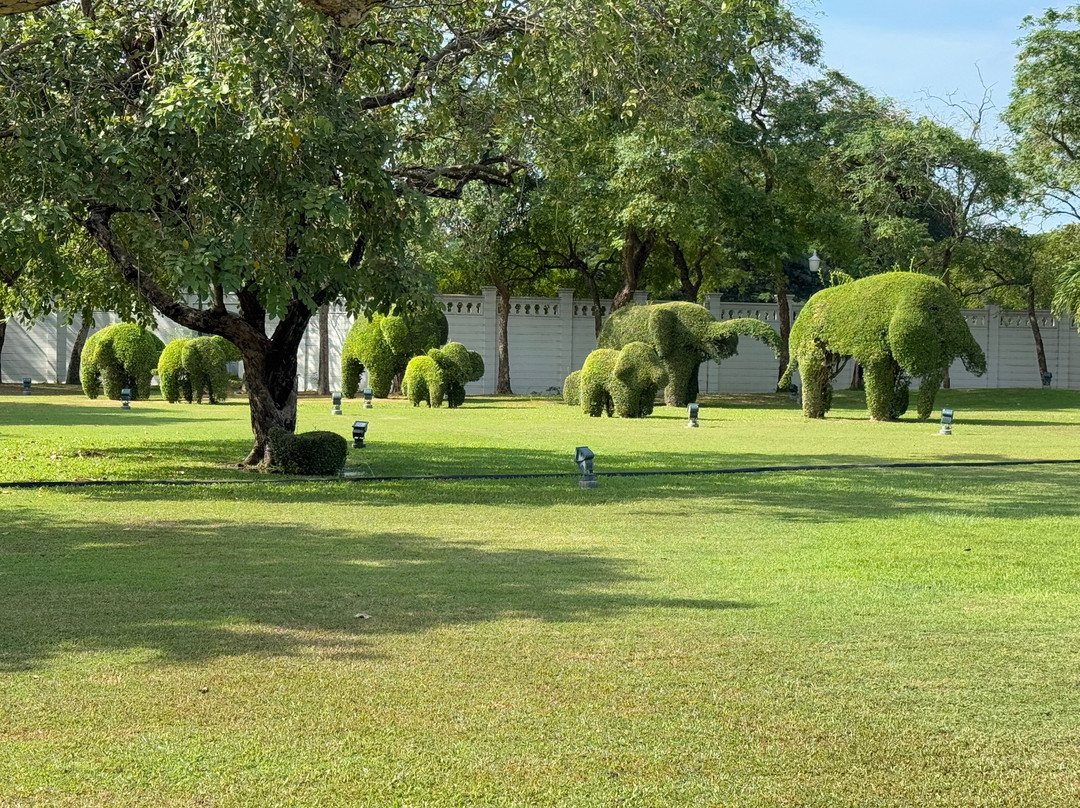
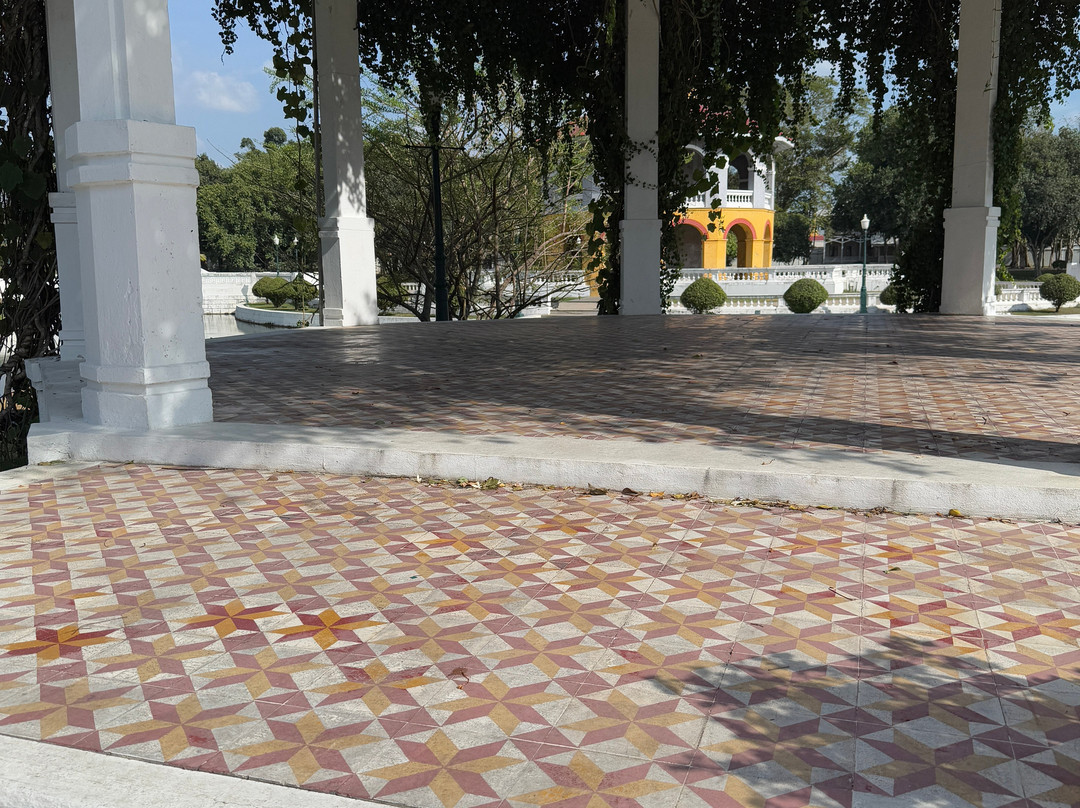
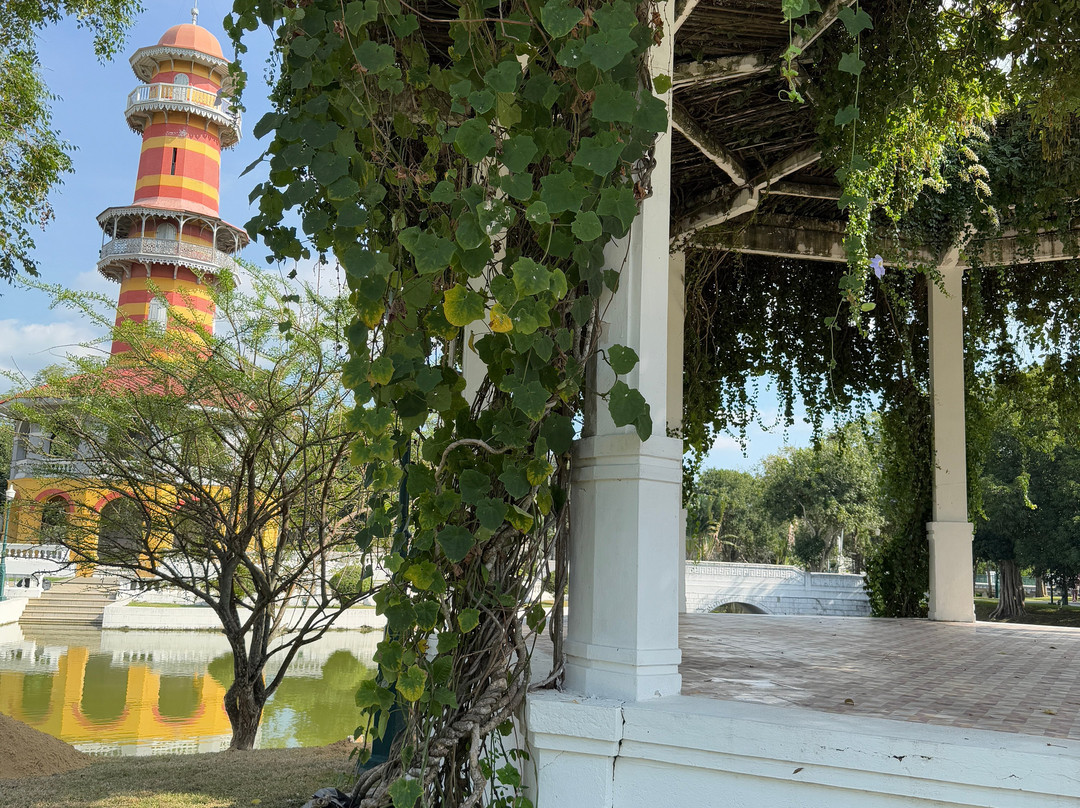
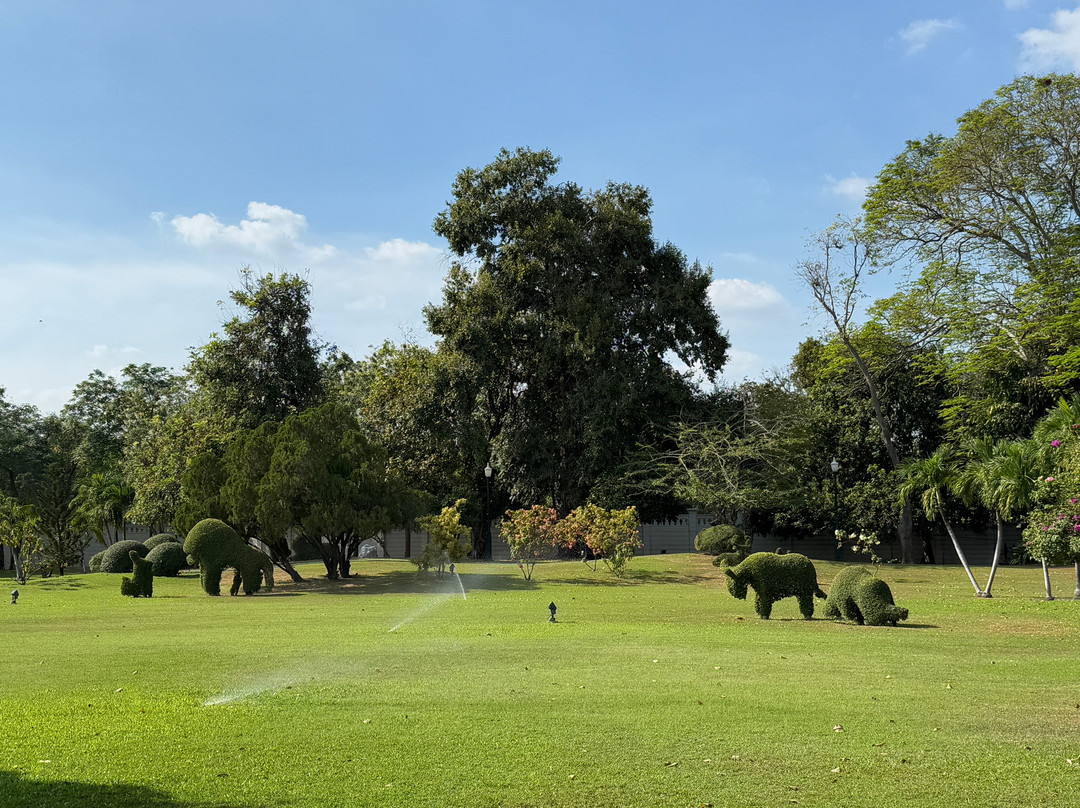
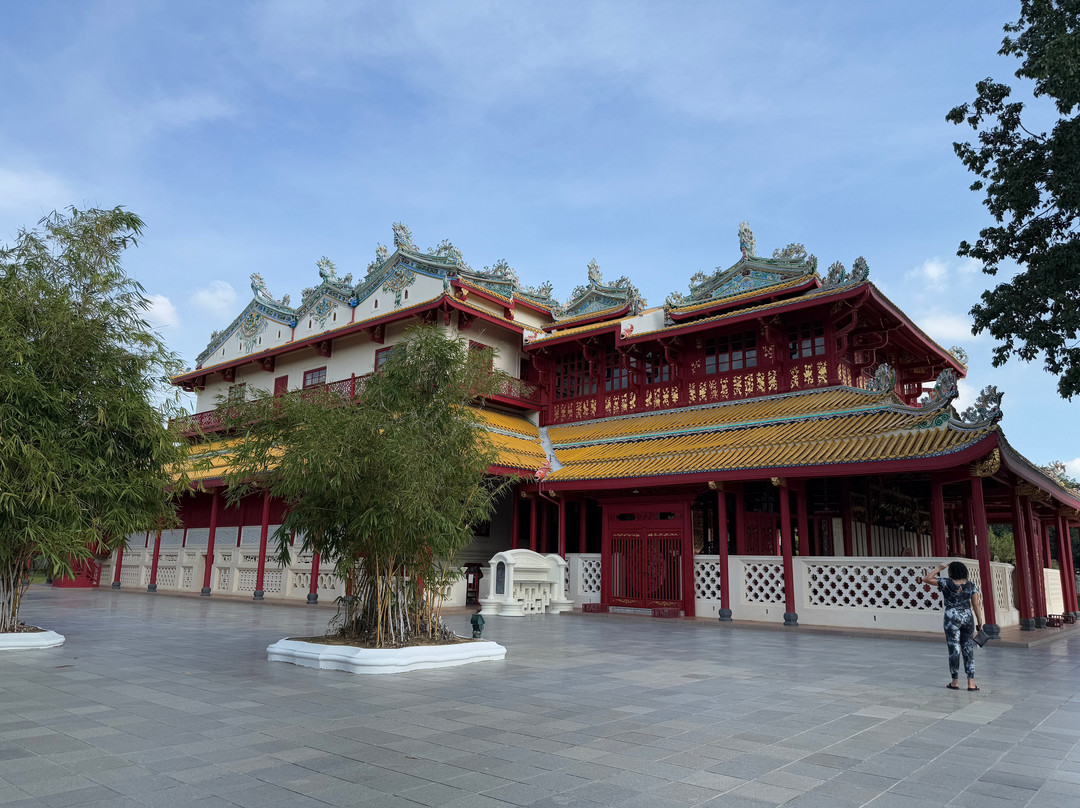
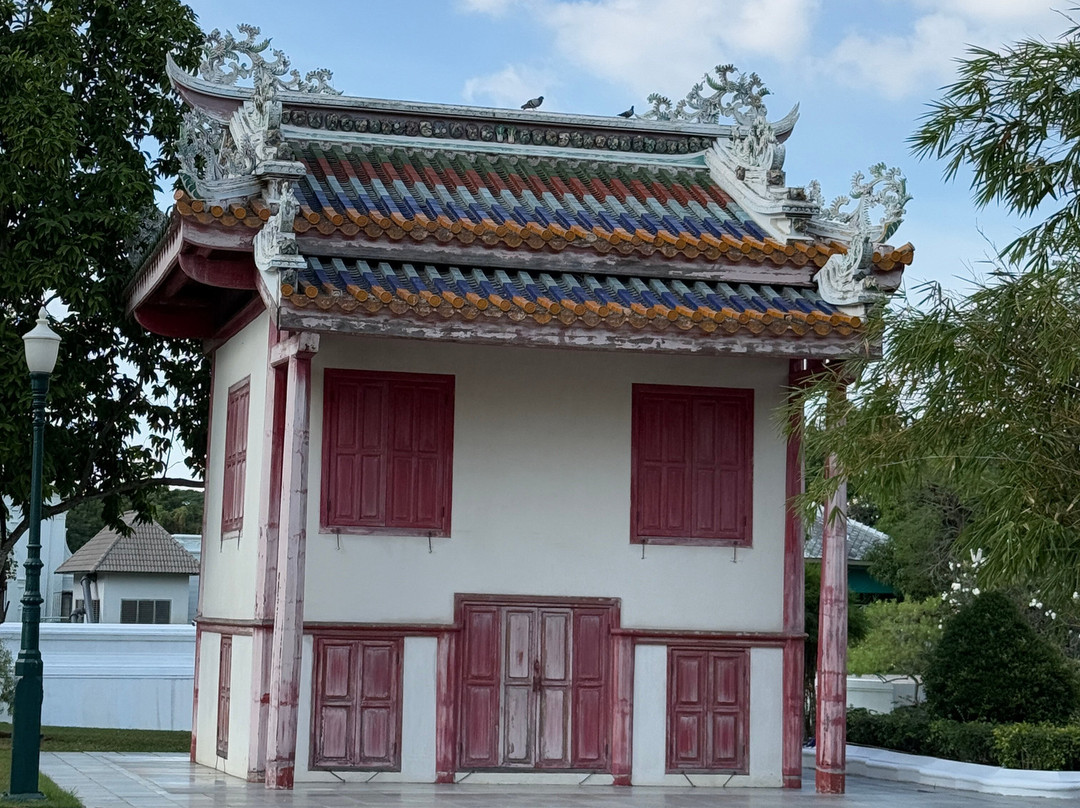
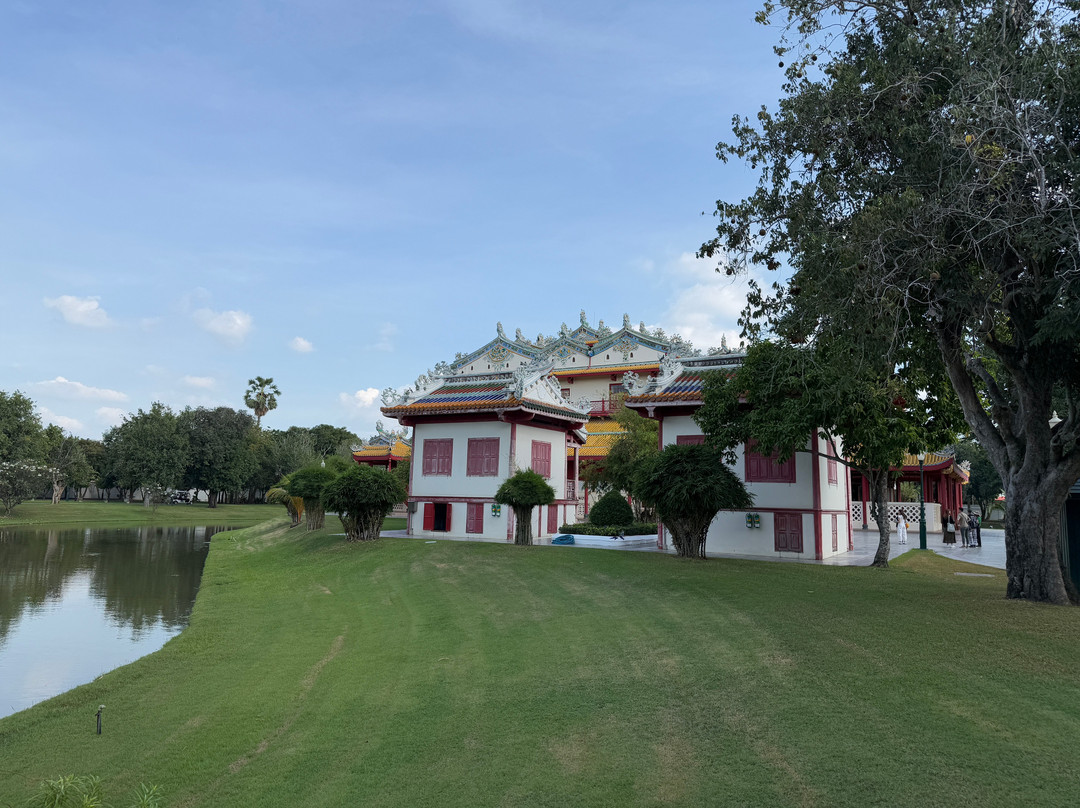
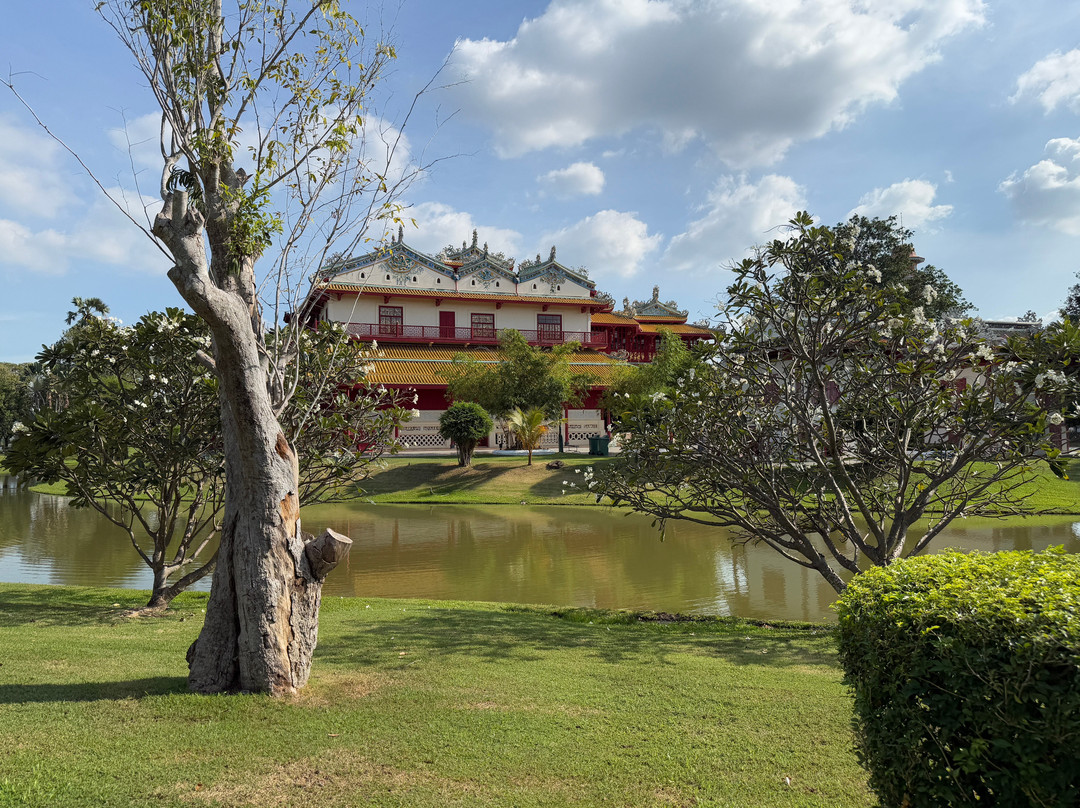
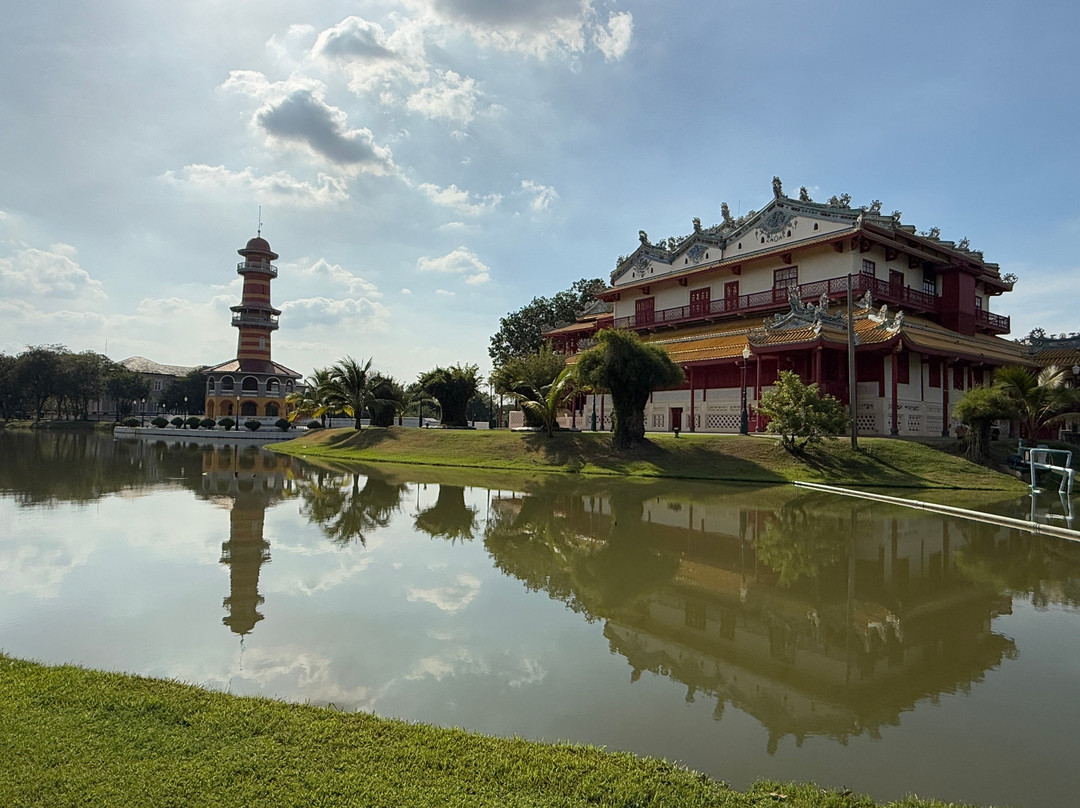
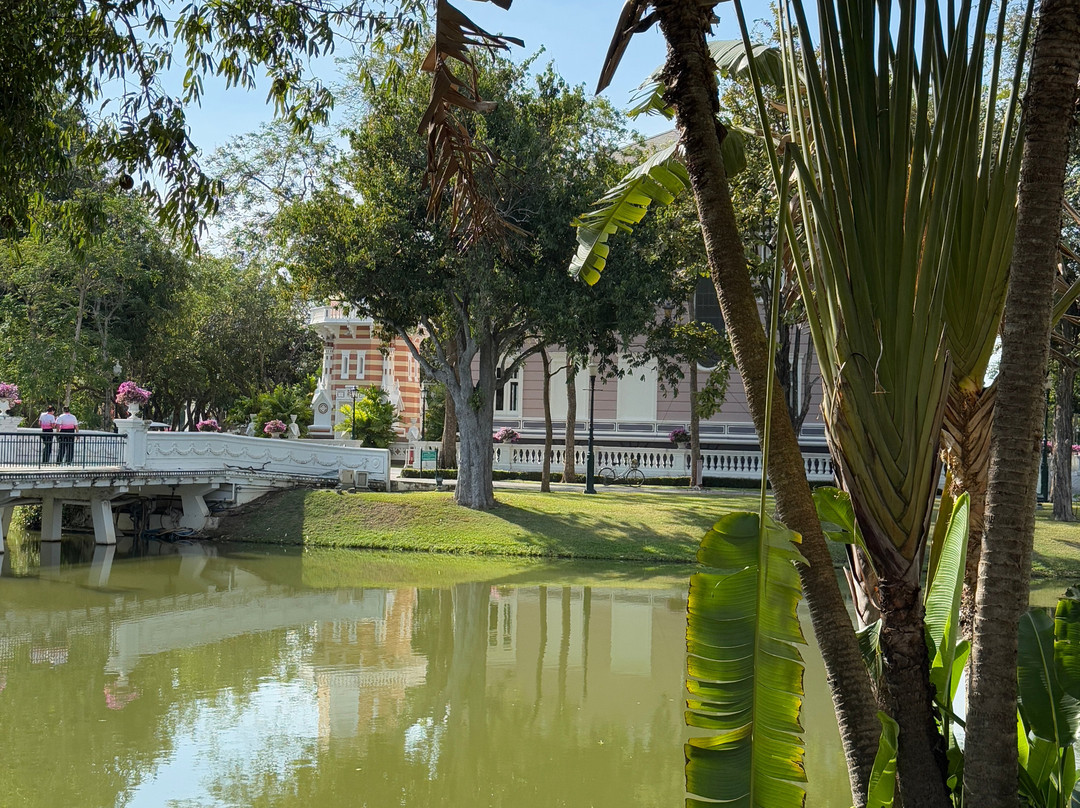
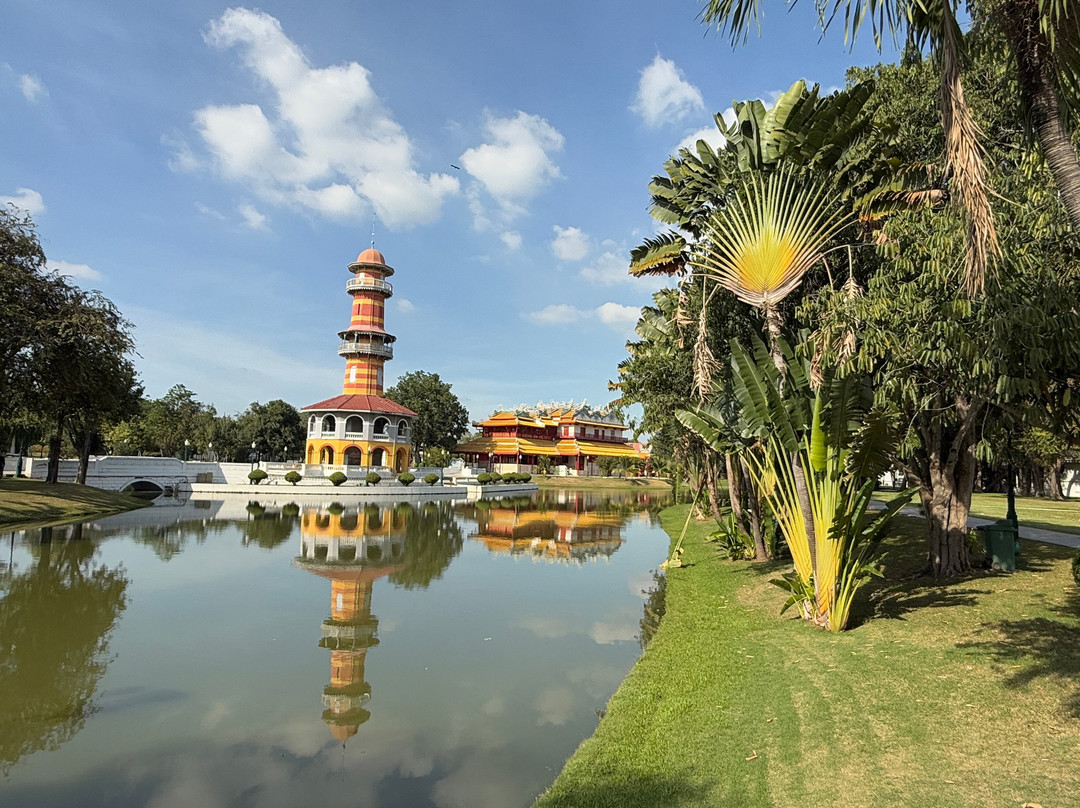
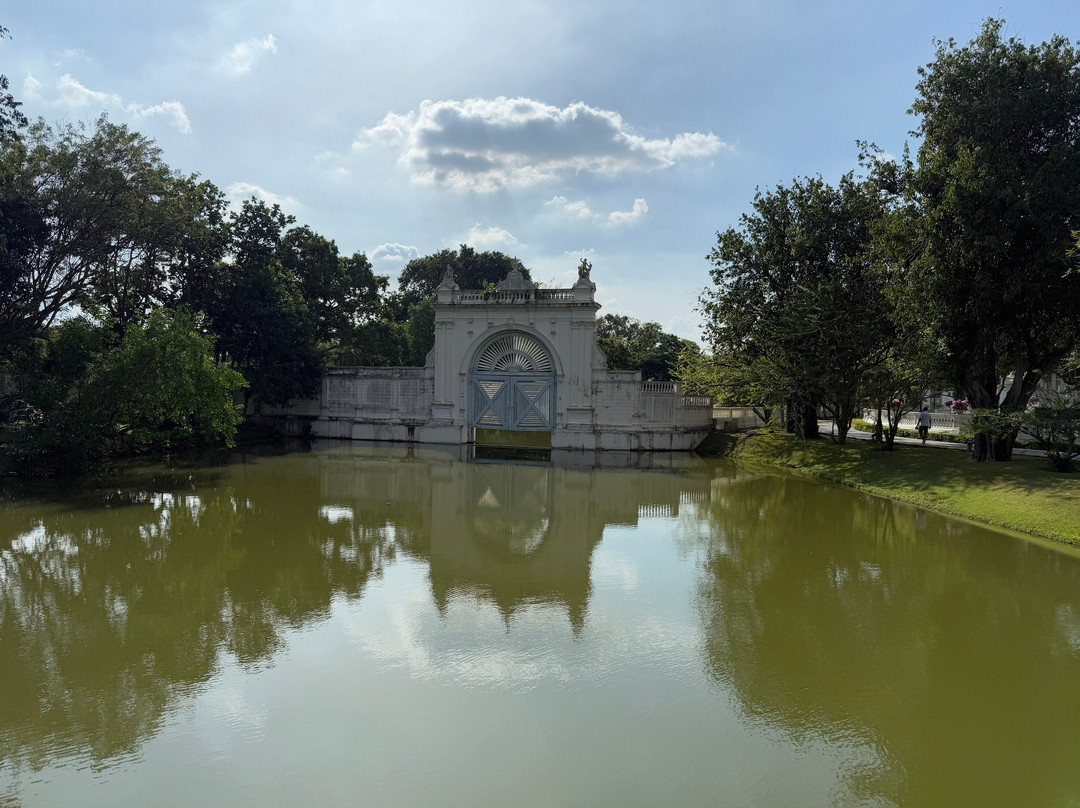
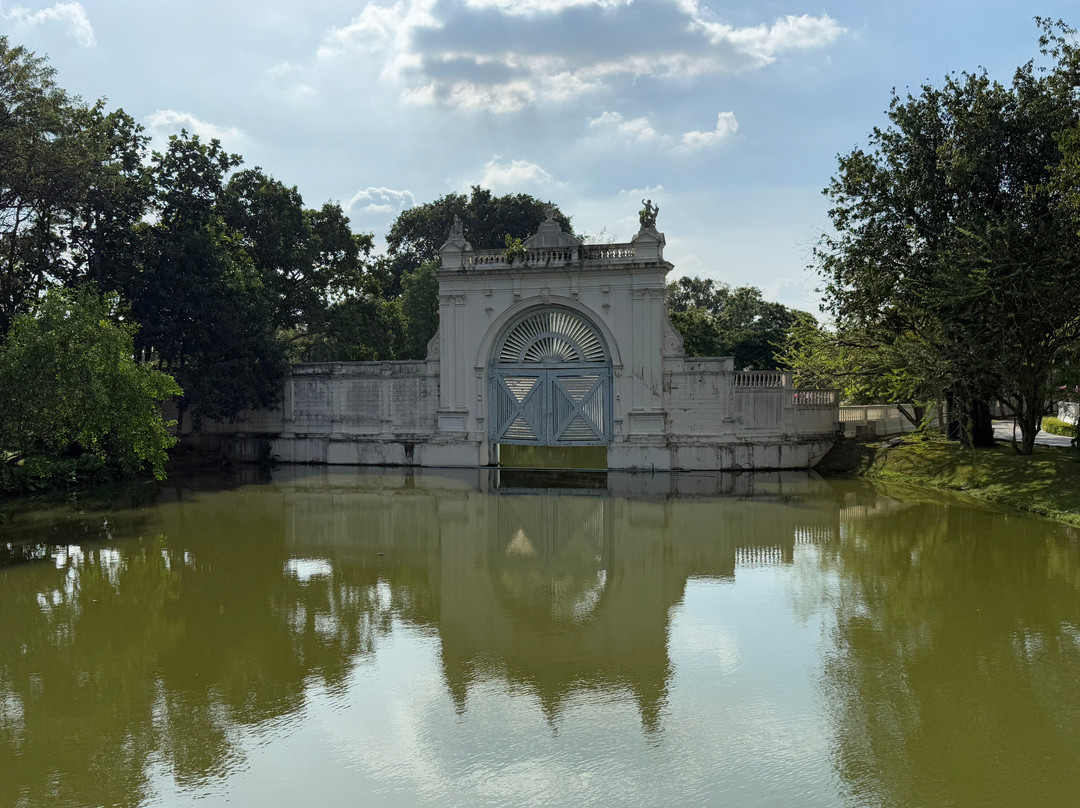
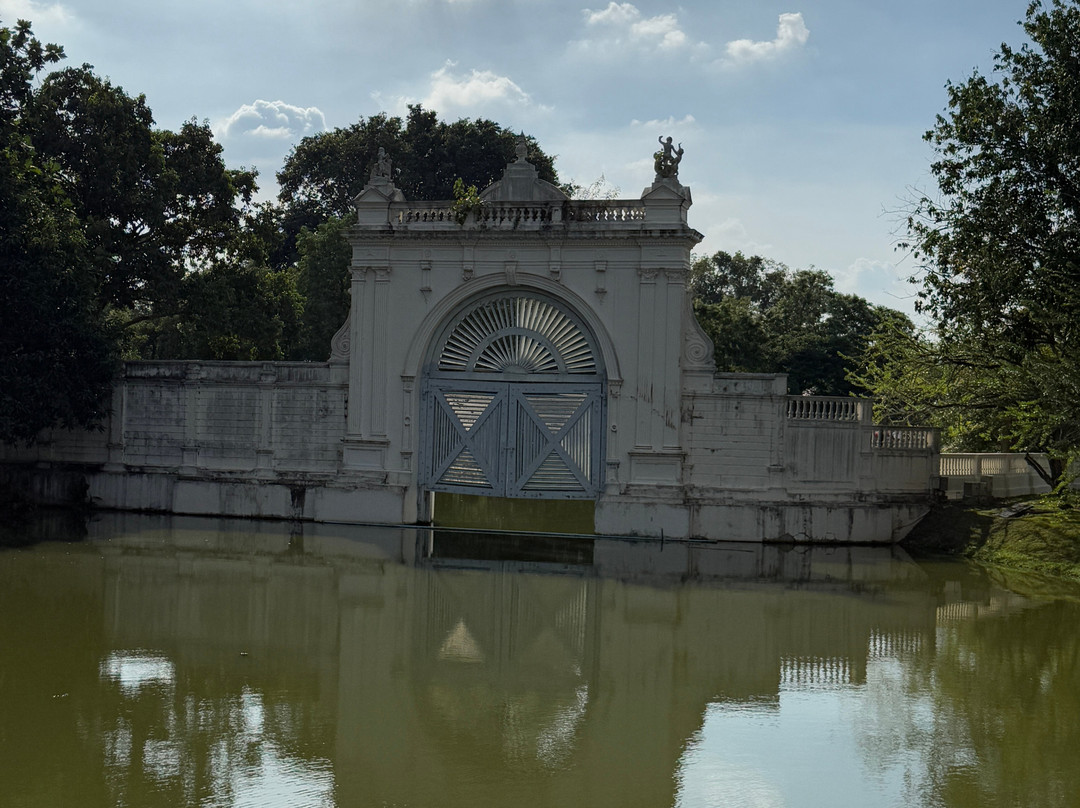
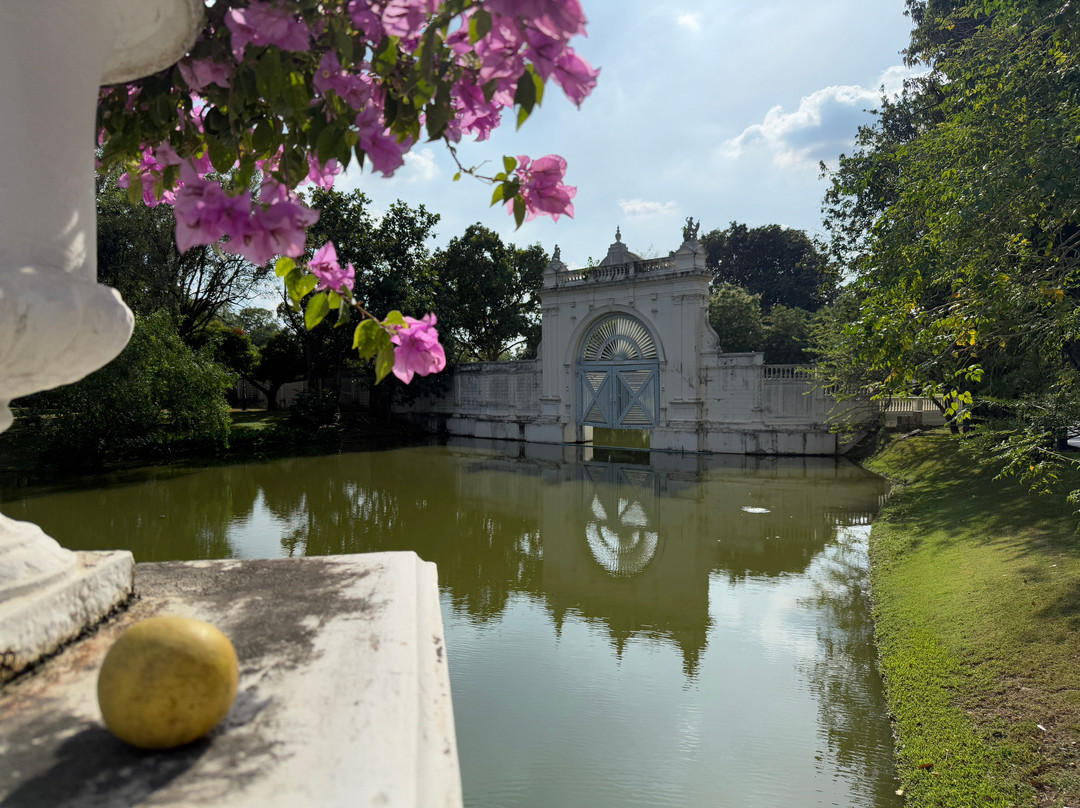
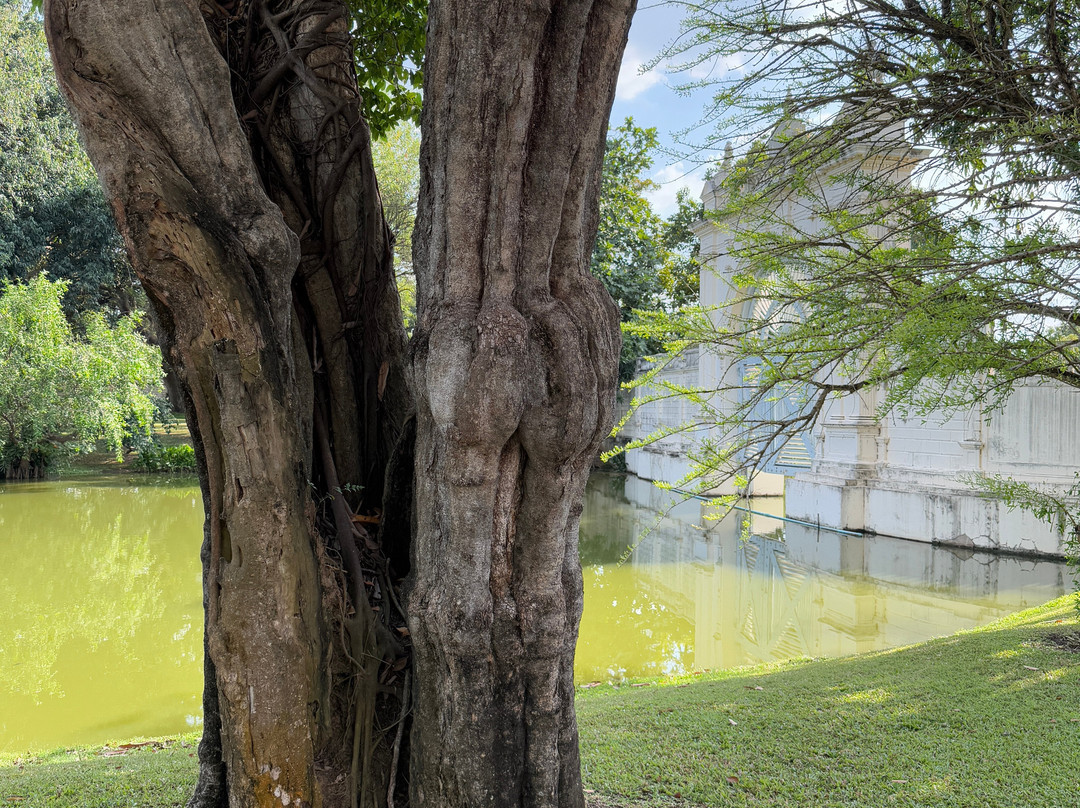
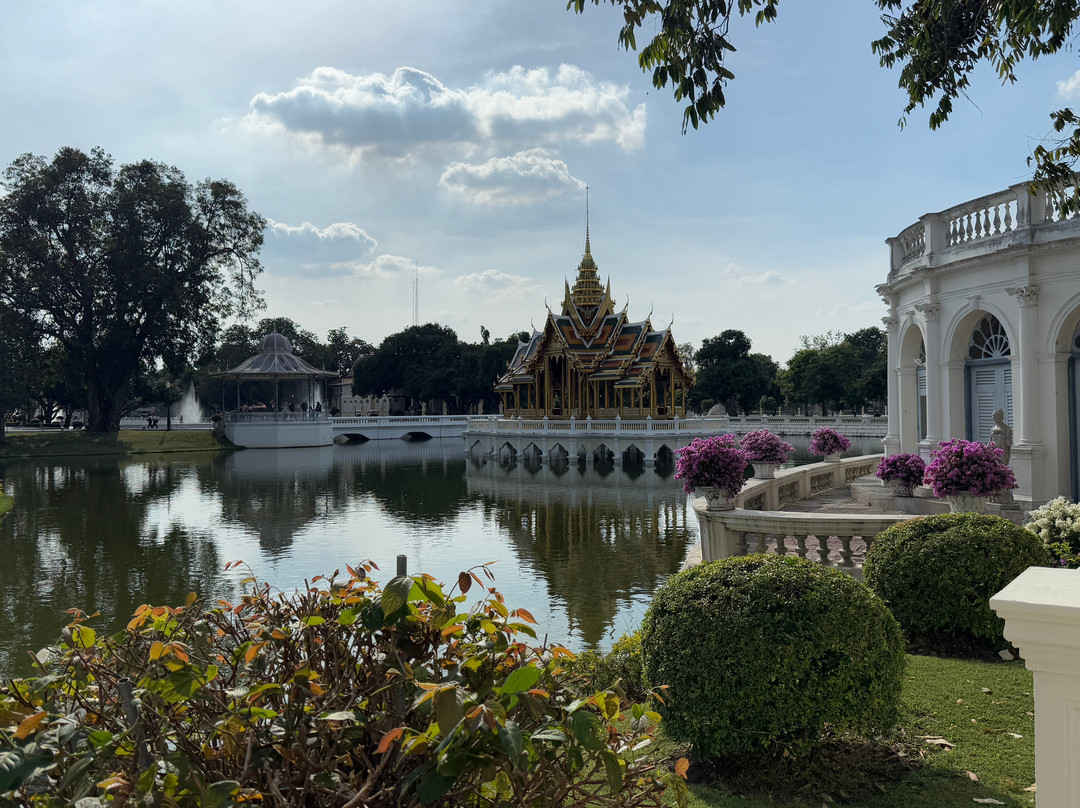
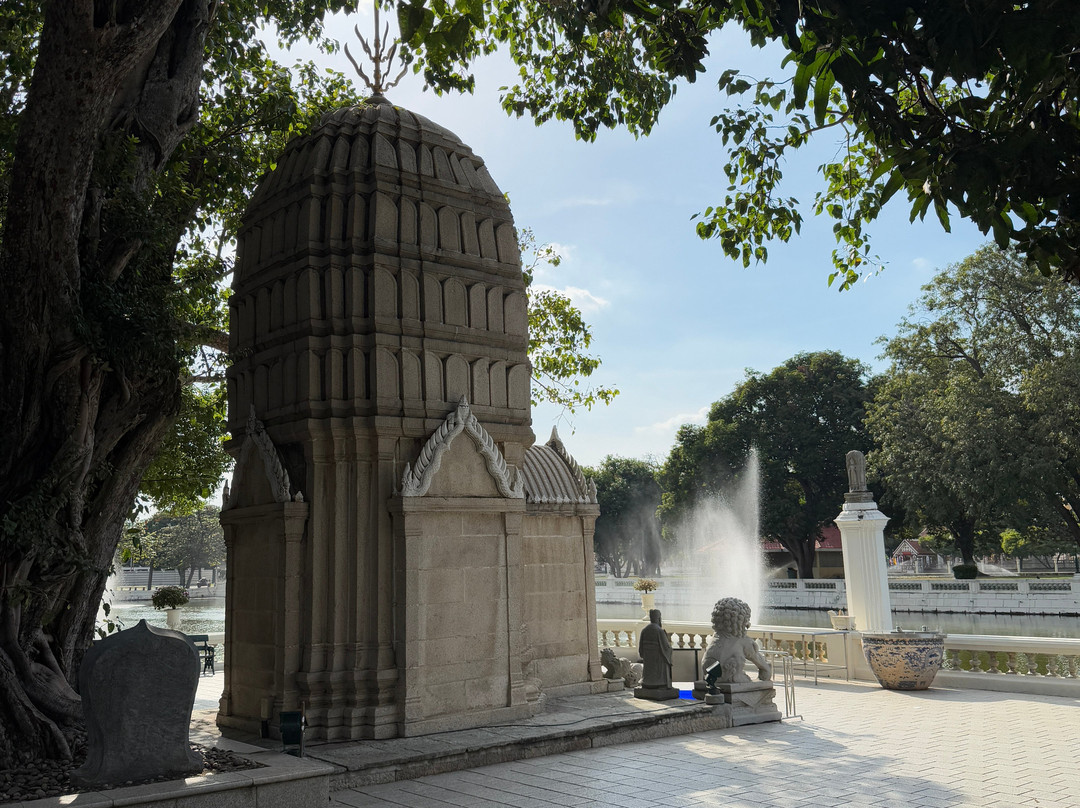
此点评仅代表旅行者个人的主观意见,并不代表TripAdvisor以及其合作方的意见。
关于我们
|
新闻动态
|
商务合作
|
会员中心
|
业主中心
|
业主通
|
常见问题
|
意见反馈
|
联系我们
|
营业执照
© 2025 Tripadvisor 版权所有。
使用条款 |隐私政策 |网站工作原理
部分照片由 VFM Leonardo 提供。
* Tripadvisor不是旅行社,也不是旅游预订服务代理商。我们提供免费、客观、公正的旅游资讯服务。 (显示更多)
TripAdvisor LLC 既不是预订代理商,也不是旅游运营商,不会向网站用户收取任何服务费。 按照规定,在 Tripadvisor 发布机票价格、游览和旅行套餐的合作伙伴(航空公司、旅行提供商及预订代理商),其标价须包含所有费用和附加费用。 例如, 机场出入境税费、消费税与其他服务费、手续费、杂费及附加费用。 当您向我们的某个合作伙伴进行预订时,请务必查阅他们的网站以了解当地行政部门要求的所有适用费用的具体情况。 除非另有说明,机票价格通常指的是一个人的价格(以人民币计)。
为方便起见,TripAdvisor LLC 根据从我们的预订合作伙伴获取的空房率计算每个酒店的均价。 对于游览和景点来说,所显示价格通常是每位成人的最低可用价格。 对于列出的任何旅行套餐或优惠,TripAdvisor LLC 无法保证任何特定的费率或价格。 此外,酒店均价每晚会更新,并以您的首选币种表示(使用现行汇率)。 由于这些已换算的价格是预估价格,因此,有关具体金额和币种请与预订网站进行核实。
此外,TripAdvisor LLC 无法保证我们网站上宣传的价格随时有效。 标价可能需要预订一定天数才能生效,或有不可用日期、使用条件或限制。
TripAdvisor公司对外部网站的内容一概不负责。优惠价格中不含税和其他费用。
ICP证:沪B2-20200433
沪ICP备20013175号
 沪公网安备31010502005427号
沪公网安备31010502005427号鹰程信息技术(上海)有限公司
货币/国家及地区
¥CNY
中国

